Frontovers Resources
We are committed to saving the lives of children and pets from frontover related risks through data collection, research and analysis, education and awareness programs, policy change, product redesign and support of families. Help us achieve this goal.
Donate to Save a Child's LifeFrontovers
Every year, thousands of children are hurt or killed because a driver moving forward very slowly didn’t see them. These incidents for the most part take place in driveways or parking lots and are referred to as ‘frontovers’ (the opposite of a backover).
Resources
Statistics
Kids and Car Safety’s (formerly KidsAndCars.org) unique data collection, research, and analysis have identified emerging trends in how children and pets are being injured or killed in nontraffic vehicle-related incidents. This early detection system has enabled Kids and Car Safety (KACS) to measure the significance of risks that have been historically unrecognized and successfully implement campaigns and Federal regulations to reduce and even eliminate those risks.
Map Instructions:
1. Select the Year
or 1990 - 2023
.
2. Hover over a state to see the total number of children involved.
3. Click on a state to view a list of incidents for that state.
Donate to save a child's life
Kids and Cars Safety is devoted to eliminating vehicle-related risks to children and pets through data collection, research and analysis, public education and awareness programs, policy change, product redesign and supporting families to channel their grief into positive change.
Donate to Save a Child's Life



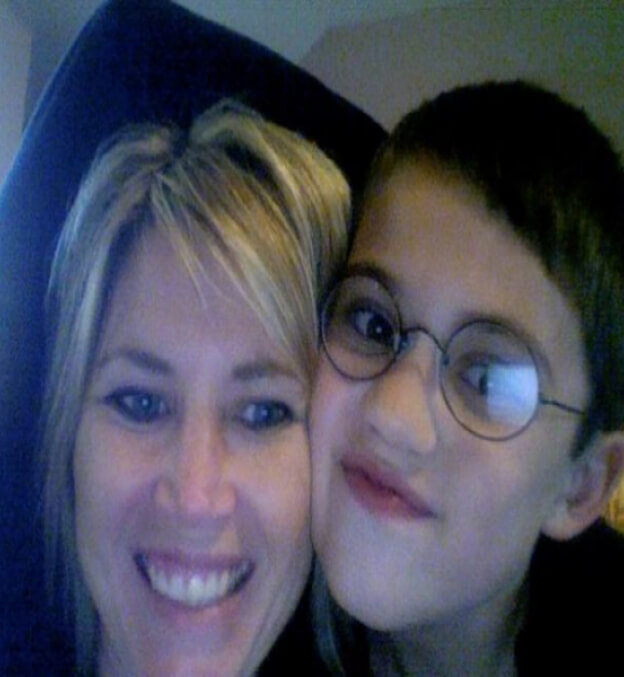















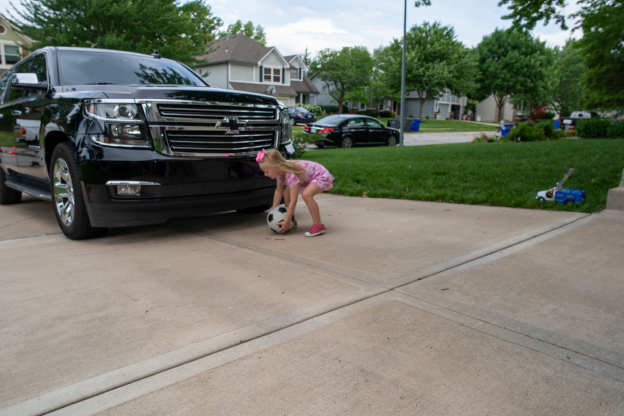
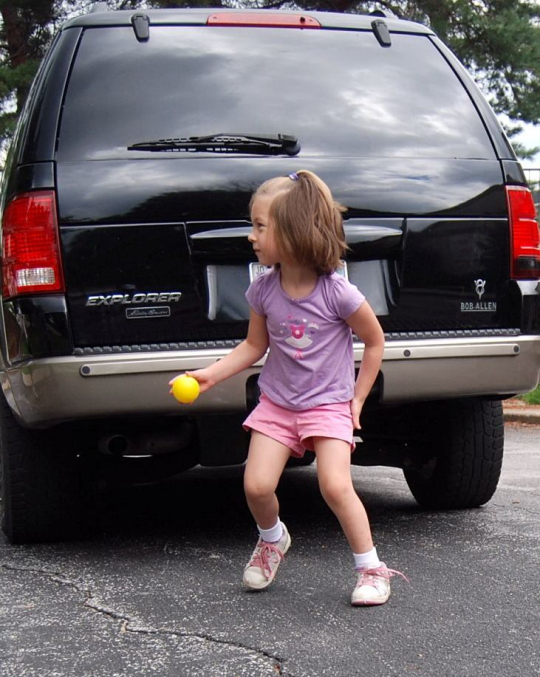
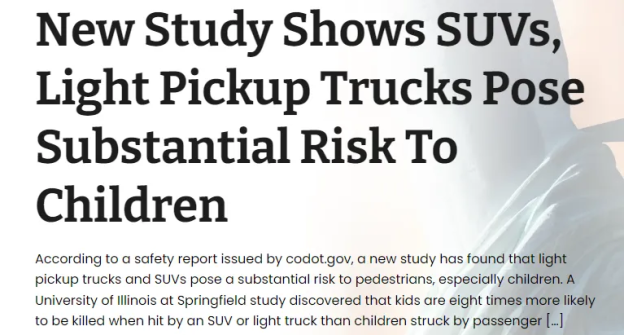
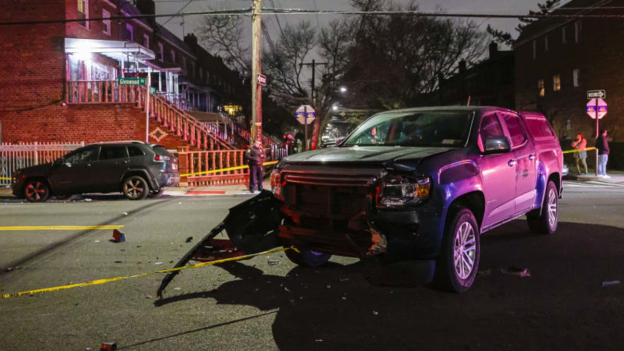
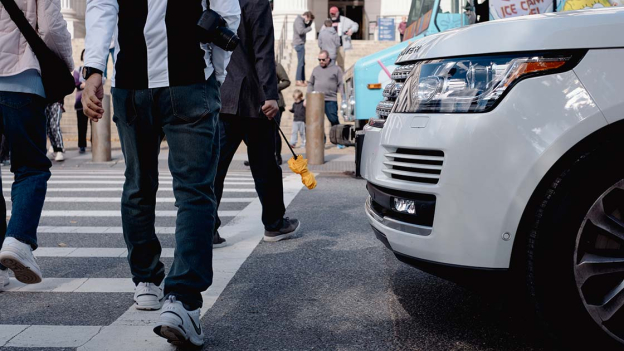
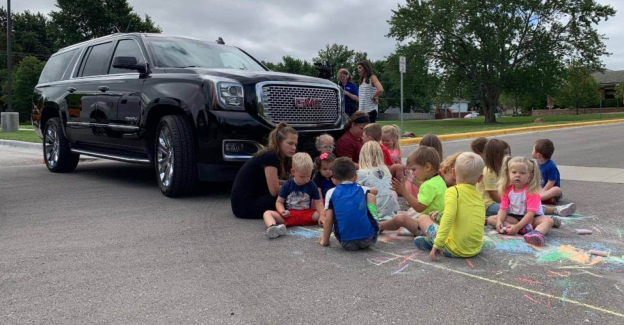
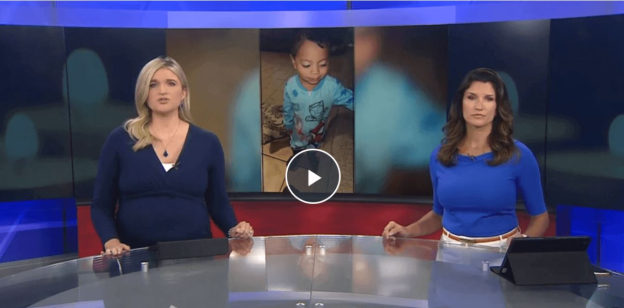
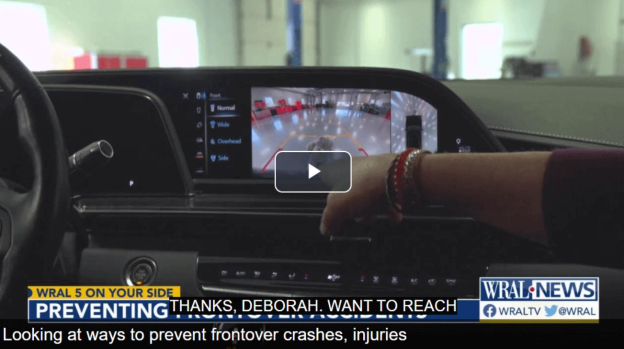
.png)


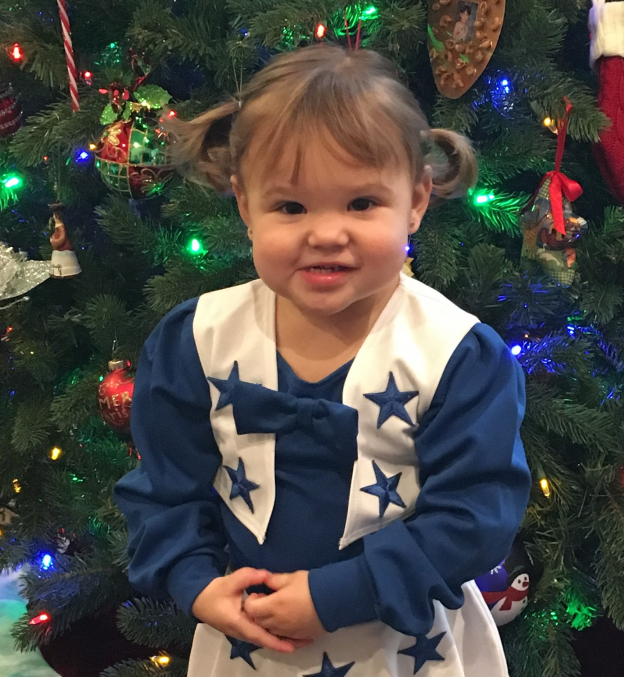
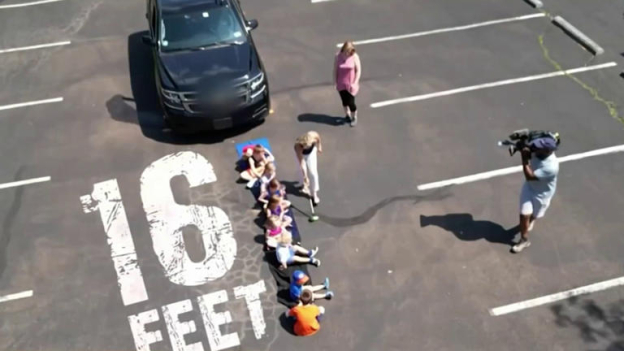
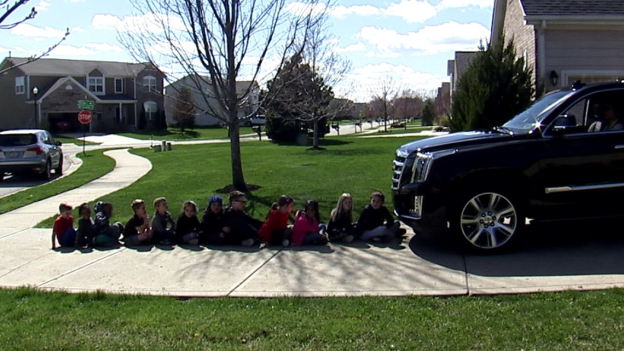
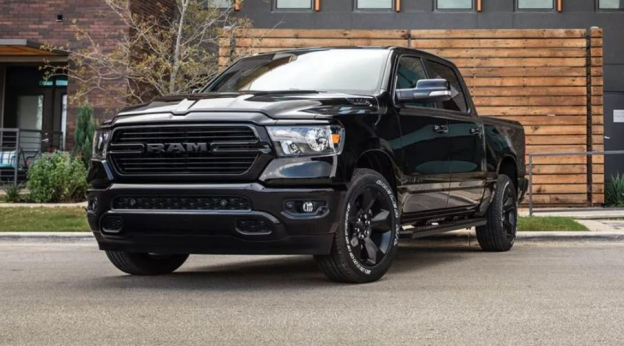
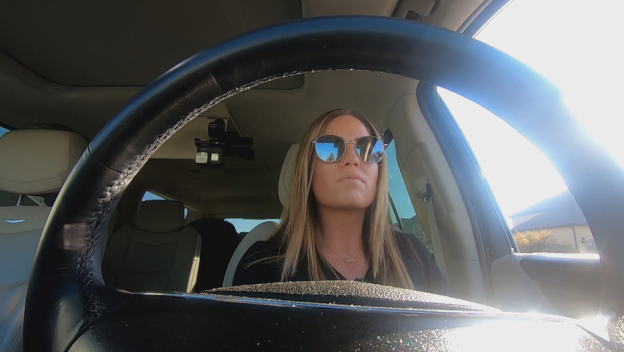

.jpg)
